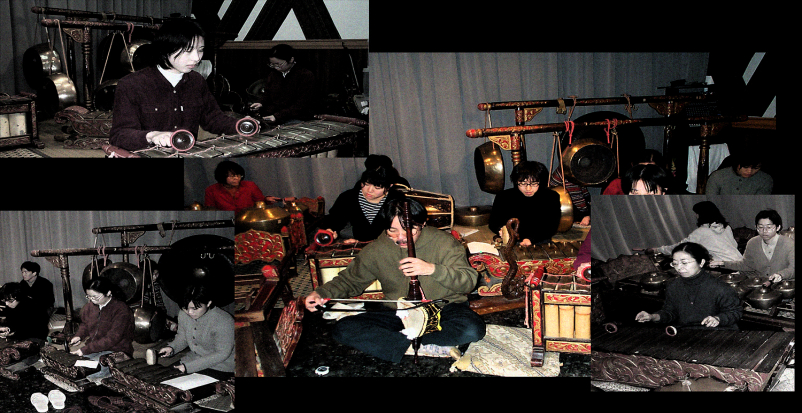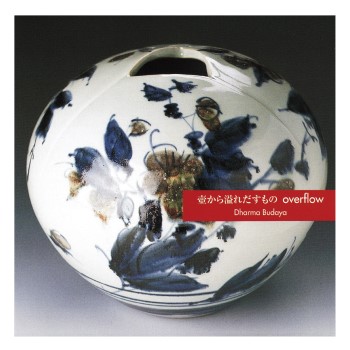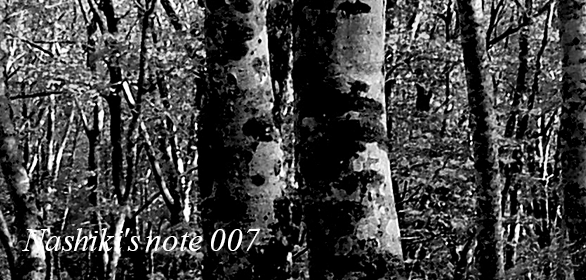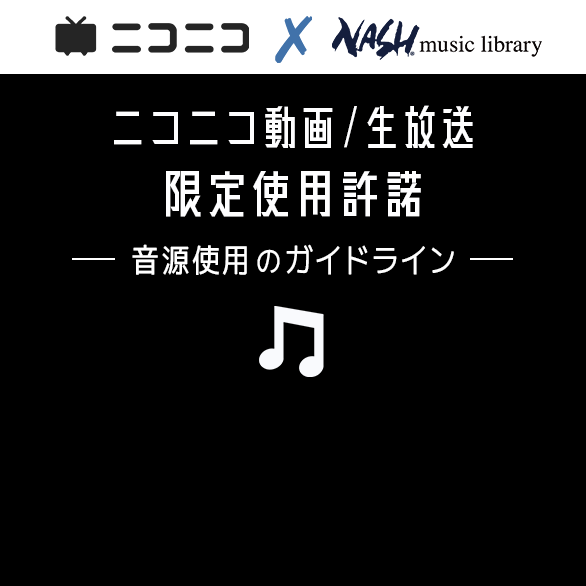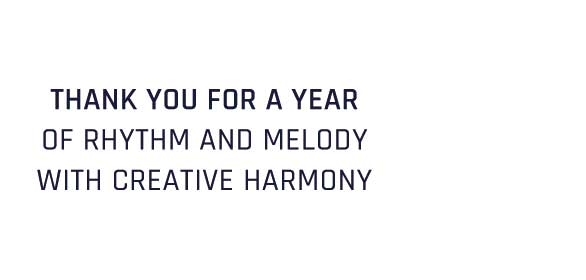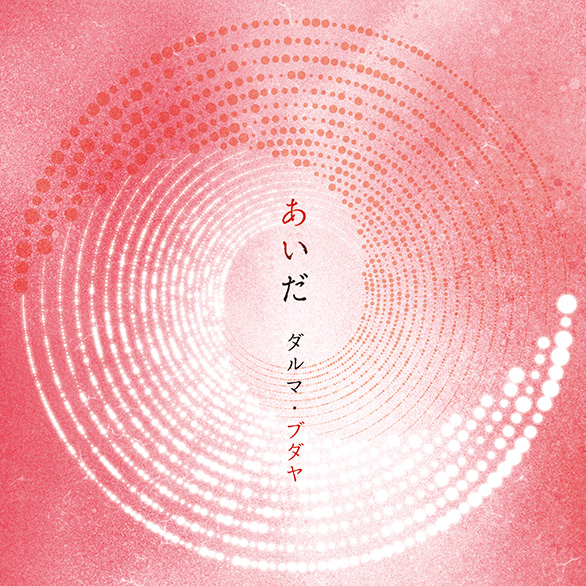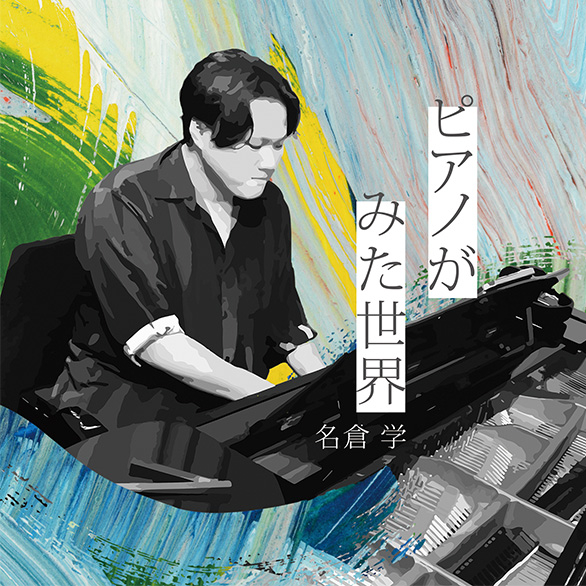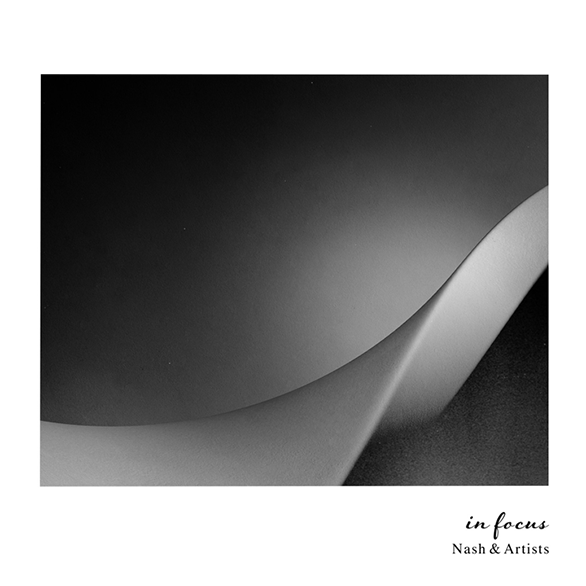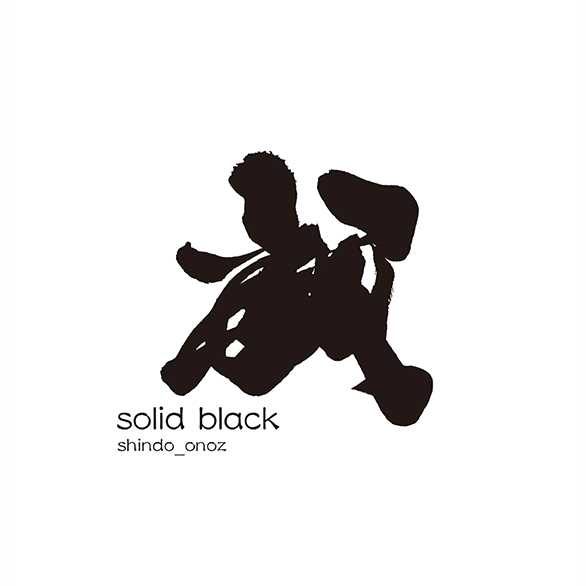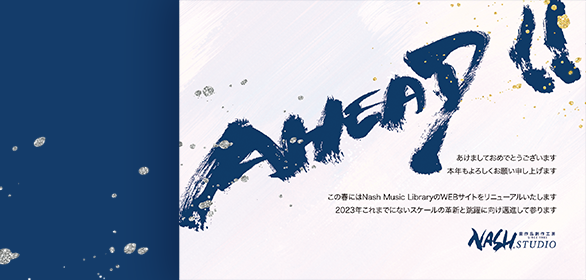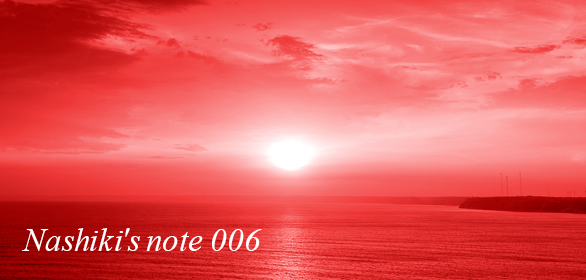This album “Overflow” is the first original collection by “Dharma Budaya,” and also the first Java Gamelan recording in Japan.
Dharma Budaya is a Japanese Gamelan group set up by the members of the music study room at Osaka University in 1979 as a collaborative operation with the Ueno Foundation for Art and Culture of Asia.
They have studied classical Indonesian music from Central Java consistently while contributing to contemporary Gamelan scenes by performing new compositions. In 1996, they performed in four Indonesian cities with success. In recent years, the members of Dharma Budaya have been engaged in honing their craft in Indonesian classical music performance, striving to embody the tradition. Simultaneously, they are writing original compositions to bring a new productive dimension to the legendary musical tradition. Dharma Budaya means “one who takes responsibility for culture.”
Overflow
by
Dharma Budaya
This album was inspired by a performance of “Gekidantaihen,” a unique group in the sense that all the members are physically disabled; the composer,
stage director, and Kim Manri (金満里), the leading performer himself. Their performance “Kochu-Ichimanen-Sai (壺中一萬年祭)” was based on an ancient Chinese story in which a man named Fei Changfang (費長房) experiences an alternative reality when he gets trapped inside a crock.
Kim Manri once said, “If you can move a finger, you can express yourself and the universe.” To paraphrase, “There is a universe that can be expressed only by a person who can move nothing but a finger.” Limitation produces art - there's no space for creativity to flourish without limitation.
Instruments used in Gamelan look like crocks made of bronze and the sound is produced by hitting various containers. Literally, sound pours out of the pots and jars. The album title came from the fact that various containers - jugs, vases, bottles, pans, etc. - have been regarded as vessels where different things are mixed and produced in both the East and the West.
”Java’s Gamelan sounds ethnic and international at the same time. It allows the listener to feel the future and the past, and head deep into an inner self and a vastly expanding world. Gamelan encompasses this profound ambivalence. We tried to create 'our own Gamelan music,' which sounds neither traditional nor contemporary.” Dharma Budaya

